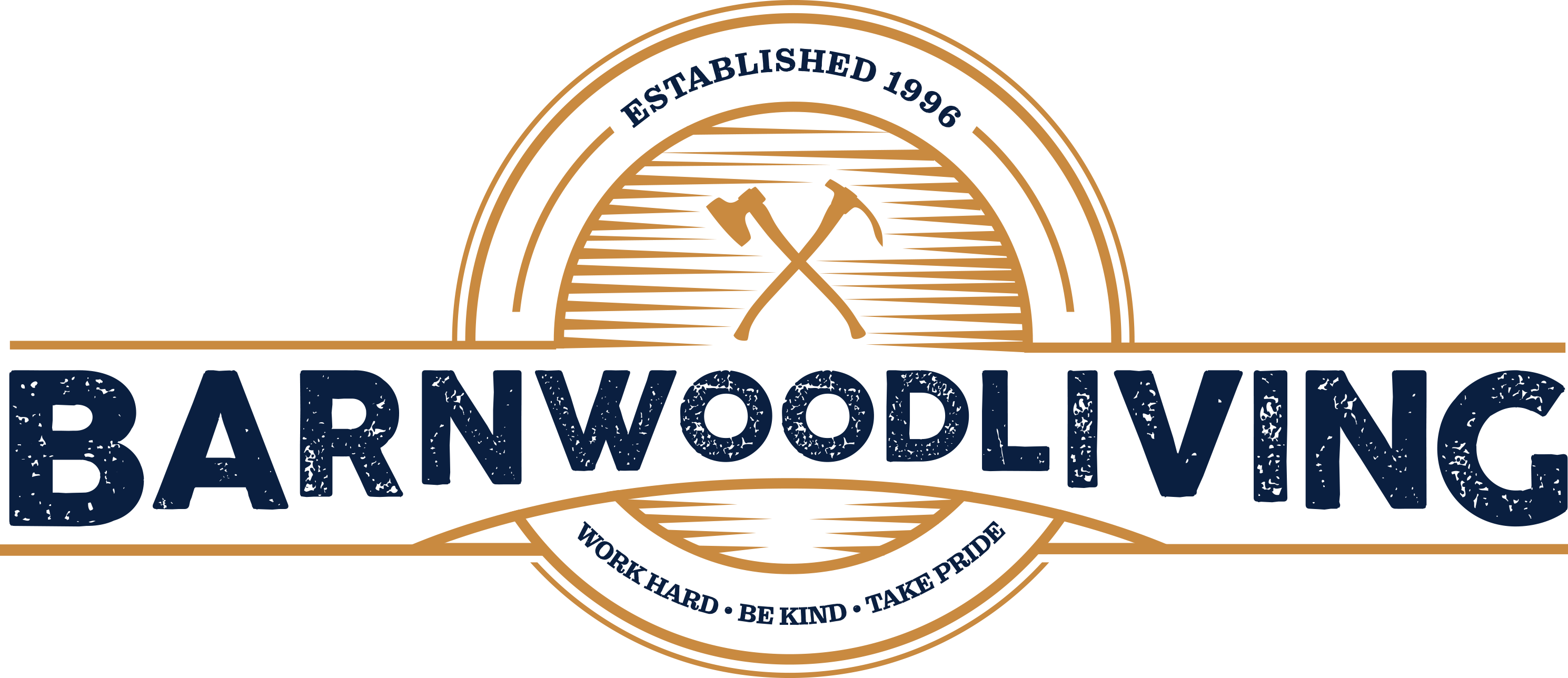Wild and Wonderful
Growing up in the wild and wonderful state of West Virginia, I come across beautiful plants and flowers every day; in the front yard, in the garden, and even on the side of the road. In WV spotting a dandelion or plantain leaf on the roadside is almost as common as spotting a field full of cows.
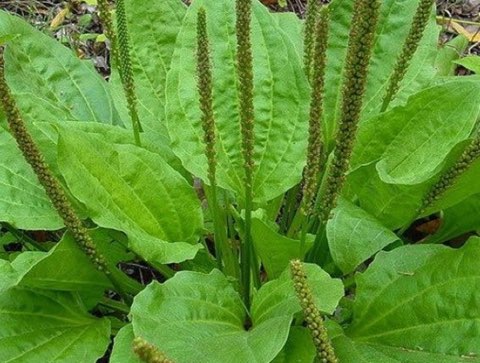
Now, I think all these plants are pretty whenever I come across them, even though most people think of them as weeds. Part of their beauty is their versatility, as they each have medicinal powers that can help you if you’re ever in a bind.
For example, if you ever get a bee sting, no need to run inside and get the sting stop! Just look around you, in a grassy area, and you’ll probably find some plantain, in case you don’t already know it looks like this:
Latin name: Plantago major
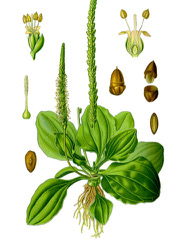
Just pluck a leaf or two of this sting fighting plant, mash it up into a poultice, and place it directly on the bite. There are lots of ways to make a poultice, but one easy, speedy way is to just chew the leaves up in your mouth, the saliva will break them down and make the substance spreadable. I promise once the guey plantain goodness is applied to the bite, that not-so-stellar stinging sensation will subside almost immediately.
You can also make an herbal wash with the plantain. Just pour some hot water over the leaves and let them steep for a few minutes, just like you’re making a cup of tea. The herbal wash is good for washing your sting or can be applied as an additional topical agent and left on the skin to dry.
Plantain herbal wash is also very effective for treating poison ivy or oak, as it takes out much of the urushiol which causes the itch and the rash. If the rash is really itchy, you can even drink some plantain tea! Yeah, that’s right, just put some honey in it and sip on it hot or cold, it’s actually pretty good. They say if you drink 3 cups a day, it will make that pesky poison ivy go away.
Now let’s talk about that dandy ol’ plant called the dandelion. I know you’ve heard of it before, and probably even come across it a time or two in your very own front yard.

Latin name: Taraxacum officinalis
This plant is one of my favorites to come across because its color is so vibrant, it just always makes me so happy. Plus every part of the dandelion plant can be used for something; from the very top of the flower, all the way down to the root, every part has its own herbal function.
Let’s start at the top, the delicious yellow flower part of the dandelion can be used to brighten up any salad, and add loads of polyphenols which help reduce blood pressure and the risk for heart disease. And who doesn’t love that extra benefit?
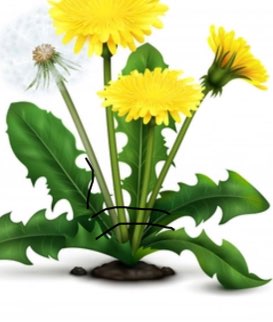
Moving on down the plant a bit, we get to its squiggly green leaves. Baby dandelion leaves are tender and add a nice bite to any salad. Once the leaves mature, they get a more bitter flavor, so it is best to blanch or saute them when they are in their later stages. At any stage, dandelion greens are nutritious additions to any meal as they contain tons of vitamin A, C, E, and K, which will all benefit your body and make it happy and healthy!
Now let’s get down to the root of it! The root of the dandelion is the part that perhaps has the most medicinal uses. People often make dandelion tea as a healthier substitute for coffee, as it has the same bitter taste as real coffee does without all the toxins. Dandelion root coffee helps to purify the blood and is a fast and easy way to get rid of acne.
So I guess dandelion really is, as they say, the weed that strengthens.
Last, but certainly not least, let’s talk about the wound herb, also known as yarrow. Yarrow, as you may know, is a beautiful, lace-like wildflower that is native to North America. It flowers all throughout the summertime in delicate white, yellow, or red colors.
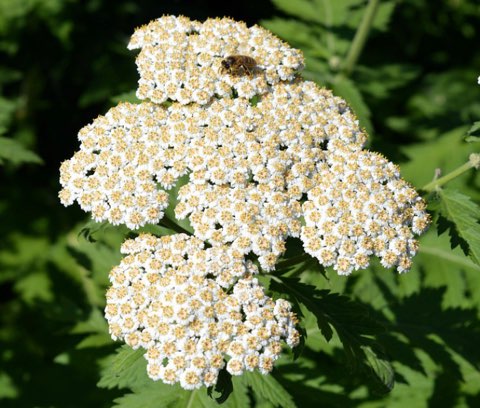
Latin name: Achilles millefolium
Among its beautiful nature, yarrow is used to stop internal bleeding and to heal common wounds and cuts, hence its common name of “wound herb”. So, remember if you are ever out in the garden, and you cut yourself, look around for some yarrow. Just make a poultice out of the leaves and place it on the wound, just like you did for plantain, and tada, bleeding be gone!
Historical Fact: This special flower gets its name, Achilles, from the ancient greek hero, also named Achilles, who used the yarrow plant to heal his soldiers’ wounds and stop their bleeding.
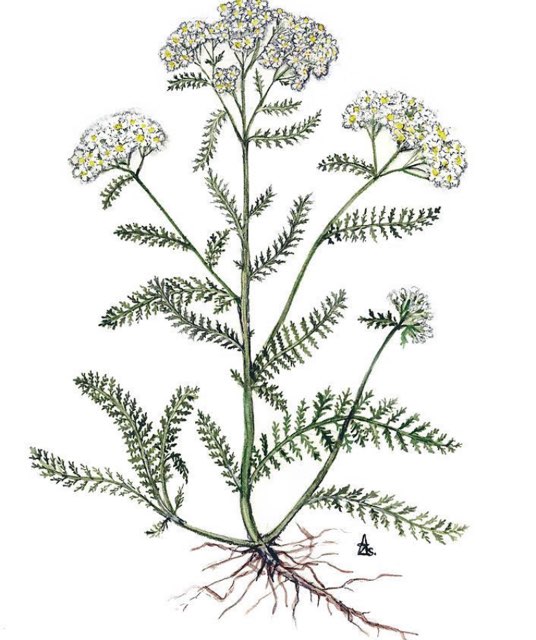
So I guess if it worked for Achilles way back then, it should work for you!
Well, that’s it for now, those are just a couple of common plants that I find around in my yard and by the roadside every day. I hope that was interesting for you, and remember whenever you are out in nature, there is probably a natural remedy of some sort waiting right there to help you, whether it’s plantain or sunshine. Enjoy the great outdoors and always remember it has so much to offer.
[/et_pb_text][/et_pb_column] [/et_pb_row] [/et_pb_section]